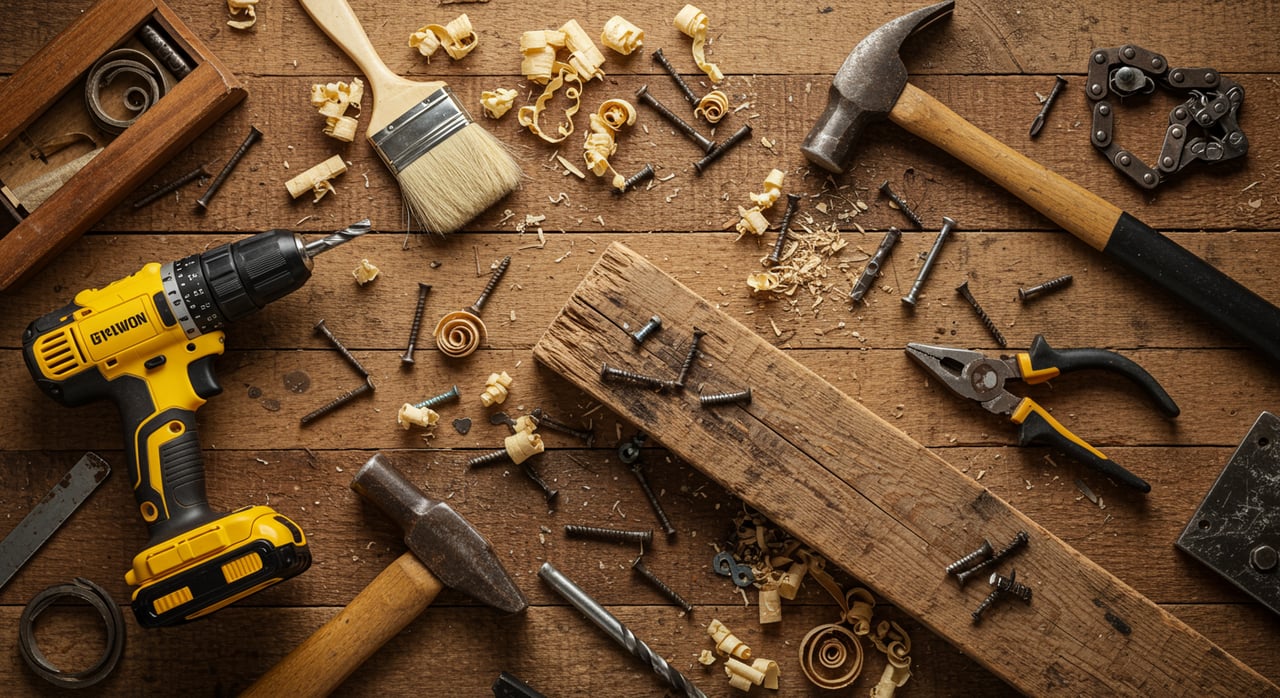Buying a home is one of the most significant investments you'll ever make, and a home inspection is a crucial step in ensuring that your investment is sound. A thorough inspection can reveal potential issues with the property that may not be visible during a casual walkthrough, giving you the information you need to make an informed decision. This ultimate guide to home inspection before buying will explore what a home inspection entails, why it’s important, and how to navigate the process successfully.
Understanding the Home Inspection Process
A home inspection is a detailed examination of a property’s condition, typically performed by a licensed home inspector. The inspector will assess various aspects of the home, including its structural integrity, electrical systems, plumbing, roofing, HVAC (heating, ventilation, and air conditioning), and more. The goal is to identify any existing or potential issues that could affect the home’s safety, functionality, or value.
The inspection usually takes several hours, depending on the size and condition of the property. After the inspection, the inspector will provide a detailed report outlining their findings, including photographs and recommendations for any necessary repairs or further evaluations.
The inspection usually takes several hours, depending on the size and condition of the property. After the inspection, the inspector will provide a detailed report outlining their findings, including photographs and recommendations for any necessary repairs or further evaluations.
Why a Home Inspection is Essential
For most buyers, a home inspection is a critical step in the purchasing process because it provides an unbiased evaluation of the property’s condition. Without an inspection, you may unknowingly purchase a home with serious defects that could require costly repairs down the line.
A home inspection can also be a powerful negotiating tool. If the inspection reveals issues, you can ask the seller to make repairs or lower the purchase price to account for the cost of addressing these problems. In some cases, the inspection may uncover issues so severe that you decide to walk away from the deal altogether, saving you from a bad investment.
A home inspection can also be a powerful negotiating tool. If the inspection reveals issues, you can ask the seller to make repairs or lower the purchase price to account for the cost of addressing these problems. In some cases, the inspection may uncover issues so severe that you decide to walk away from the deal altogether, saving you from a bad investment.
Key Areas Covered During a Home Inspection
A comprehensive home inspection will cover several key areas of the property:
-
Structural Components: The inspector will examine the foundation, walls, roof, and other structural elements to ensure the home is sound and free from significant defects like cracks, water damage, or sagging.
-
Roofing: The condition of the roof is assessed to check for leaks, damaged shingles, or other issues that could lead to water intrusion or require expensive repairs.
-
Electrical Systems: The inspector will evaluate the electrical panel, wiring, outlets, and fixtures to ensure they meet safety standards and are functioning properly.
-
Plumbing: The plumbing system, including pipes, fixtures, water heaters, and drains, will be inspected for leaks, corrosion, and proper functionality.
-
HVAC Systems: The heating, ventilation, and air conditioning systems are crucial for comfort and energy efficiency. The inspector will check these systems for proper operation and maintenance.
-
Interior and Exterior Surfaces: Walls, ceilings, floors, windows, and doors are inspected for signs of damage, moisture, or other issues that could affect the home’s livability.
-
Insulation and Ventilation: Proper insulation and ventilation are essential for energy efficiency and preventing moisture buildup, which can lead to mold growth or structural damage.
What to Expect from the Home Inspection Report
The home inspection report is a comprehensive document that details the inspector’s findings. It should include clear descriptions of any issues identified, along with photos and recommendations for repairs or further evaluations. While the report may be lengthy and include a variety of minor issues, it's important to focus on the significant findings that could impact the home’s safety, functionality, or value.
Not every issue identified in the report will be a deal-breaker. Many older homes, for example, may have minor defects or maintenance needs that are common for their age. However, major issues like foundation problems, extensive water damage, or outdated electrical systems may require careful consideration and potentially further negotiation with the seller.
Not every issue identified in the report will be a deal-breaker. Many older homes, for example, may have minor defects or maintenance needs that are common for their age. However, major issues like foundation problems, extensive water damage, or outdated electrical systems may require careful consideration and potentially further negotiation with the seller.
Navigating the Post-Inspection Process
After receiving the inspection report, you’ll need to decide how to proceed. In many cases, the report will reveal some issues, but it’s up to you to determine which ones are significant enough to warrant further action. You may choose to:
-
Request Repairs: If the inspection reveals significant issues, you can ask the seller to make repairs before closing. Be sure to specify which repairs are essential and include them in your purchase agreement.
-
Negotiate a Price Reduction: If you’re willing to take on the repairs yourself, you might negotiate a lower purchase price to offset the cost of the necessary work.
-
Walk Away: In some cases, the inspection may uncover issues that are too severe or costly to address. If this happens, you have the option to walk away from the deal, usually without penalty, as long as your offer was contingent on the inspection.
A home inspection is an invaluable part of the homebuying process, providing peace of mind and the information needed to make a sound investment. By understanding the inspection process, knowing what to expect from the report, and navigating the post-inspection steps wisely, you’ll be well-prepared to move forward with confidence.
Your Expert Real Estate Team
For personalized assistance with buying or selling a home in Forest Lake, MN, The Muske Team is here to help. Their local expertise and commitment to client satisfaction make them the perfect partner in your real estate journey. Reach out to The Muske Team today to get started on finding your dream home.







